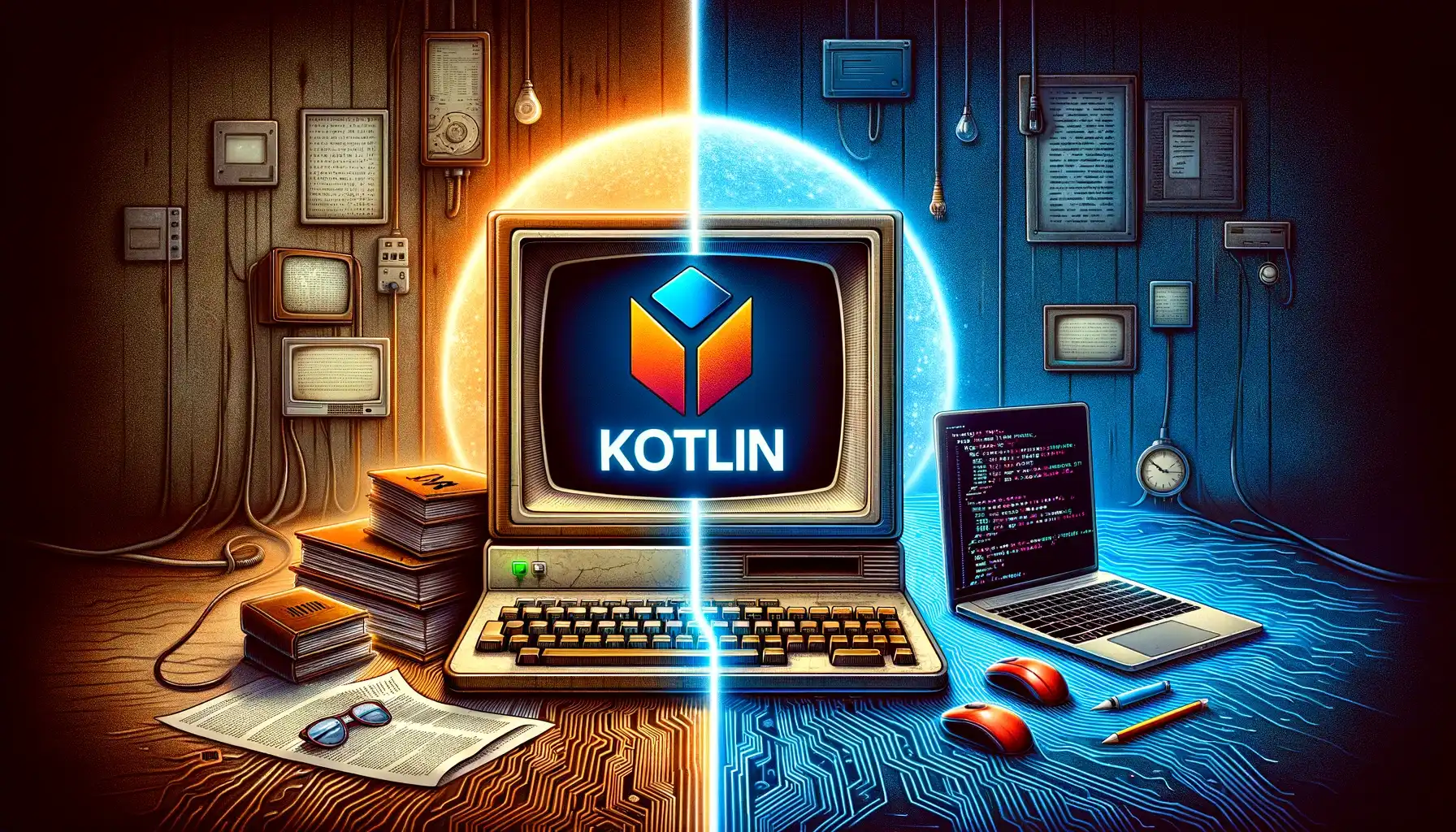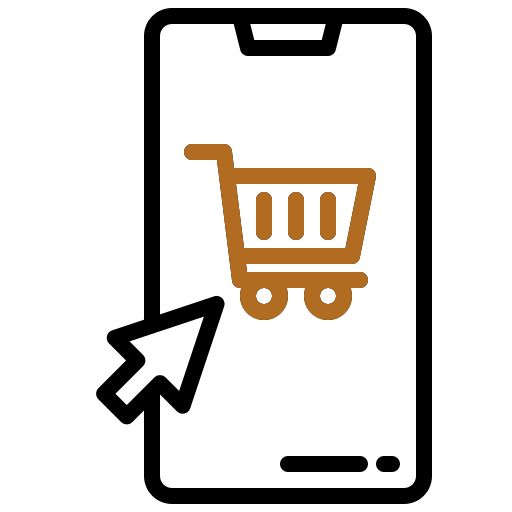Java vs Kotlin: In the dynamic world of mobile app development, two programming languages have stood out in shaping the Android app landscape. Both languages offer unique features and capabilities, but their impact and application in Android development is distinct and significant.
A time-honored and time-tested language, Java has been the backbone of Android development since the platform’s inception. Known for its robustness, portability, and broad community support, Java is the preferred choice for developers looking to create versatile, high-performance Android apps. Its widespread adoption and proven track record make it a reliable and predictable choice for developers and enterprises.On the other hand, Kotlin, a modern and expressive language developed by JetBrains, has quickly gained popularity in the Android developer community.
Approved by Google as a first-class language for Android development in 2017, Kotlin offers many features such as concise syntax, null safety, and Java interoperability. These features not only simplify the coding process, but also enhance the overall development experience.
Kotlin’s rise to prominence is a testament to its efficiency and developer nature, making it an increasingly popular choice for new Android projects.
As Android continues to evolve, the choice between Java or Kotlin becomes more important for developers. The purpose of this article is to examine the complexities of both languages, compare their features, performance and suitability for different types of Android projects. Whether you’re an experienced developer or just starting out, understanding the strengths and limitations of Java and Kotlin is crucial to making an informed decision for your Android development journey.

Section 1: Historical Background
Java: the basis of Android development
Developed by Sun Microsystems in the mid-1990s, Java has been a cornerstone of the programming world due to its “write once, run anywhere” philosophy. This principle, enabled by the Java Virtual Machine (JVM), has made Java very popular for creating cross-platform applications.
Its important journey in Android development began when Google adopted Java as the main language for Android application development with the launch of the Android platform in 2008. This choice was influenced by Java’s security features, extensive libraries, and a large global community of developers.
Over the years, Java has played a significant role in shaping the Android ecosystem, and millions of apps on the Google Play Store have been developed using the language. Its long-standing role and legacy in Android development is marked by stability, a comprehensive set of APIs, and a robust development environment.
Kotlin: A Modern Twist in Android Programming
Introduced by JetBrains in 2011, Kotlin is a statically typed language designed to fully interact with Java, while addressing some of Java’s common pain points, such as verbosity and null pointer exceptions. Kotlin’s pragmatic approach combines the features of object-oriented and functional programming in a compact package.
This language was popular among Android developers due to its clean syntax and ease of use. In 2017, Kotlin received a significant endorsement when Google announced it as the official language for Android application development during the Google I/O keynote.
This approval was a milestone, as it recognized the growing importance of Kotlin and its modern features that simplify Android app development. Kotlin’s growing popularity in the Android ecosystem can be attributed to its developer-friendliness, advanced security features, and seamless integration with existing Java codebases.

Section 2: Syntax and Ease of Use
Java: A Popular Yet Familiar Syntax
Java’s syntax, while often criticized for being verbose, builds on the long tradition of C-style languages, making it familiar to the vast majority of programmers. This syntax requires explicit type declarations and extensive code that, while sometimes cumbersome, brings a level of clarity and structure to the code.
For example, in Java, the classic “Hello, World!” program requires several lines of code, including the declaration of a class and a main method. While this verbosity may increase the amount of code written, it also helps to understand the flow and structure, especially for beginners in Android development using Java. However, this can lead to longer development times and more potential room for error on large projects.
Kotlin: Concise and Modern Features
Kotlin, on the other hand, is famous for its concise syntax. It significantly reduces the boilerplate code and makes the code not only shorter but also more readable.
Kotlin achieves this through features such as type inference, which allow the compiler to infer types from context, reducing the need for explicit type declarations.
For example, the “Hello, World!” program in Kotlin can be written in one line without the need for a class declaration. Kotlin’s syntax is designed to be more intuitive, with a focus on reducing boilerplate code and increasing readability.
This conciseness is especially useful in large projects, as it can lead to fewer code errors and more efficient development processes in Android development.

Section 3: Performance and Efficiency
When it comes to Android development using Java or Kotlin, it is very important for developers to understand the nuances of performance and efficiency.
Java: persistent performance at runtime
Java has long been known for its stable and reliable runtime performance, especially in Android development scenarios. Thanks to the Just-In-Time (JIT) compiler and mature garbage collection mechanisms, Java programs tend to perform well in a variety of environments. However, the verbosity of Java code can sometimes lead to slightly larger executable sizes, which may affect the startup time and memory of Android apps.
Despite these concerns, Java’s performance, especially in complex and large-scale applications, has been time-tested and proven.
Kotlin: efficient and optimal runtime
Kotlin, while relatively newer, has demonstrated impressive performance benchmarks that are often comparable to Java. Because Kotlin is compiled to the same bytecode as Java, it can take advantage of JVM optimizations.
Kotlin also introduces several performance-enhancing features, such as inline functions and smart broadcasts, that can reduce overhead in certain scenarios. In terms of runtime performance in Android development, Kotlin often matches or even surpasses Java, especially when taking advantage of its modern language features.
Efficiency of compile time and build time
When we consider compile time efficiency, Kotlin shows slightly longer compile time than Java. This is primarily due to additional Kotlin features such as null safety checks and type inference.
However, Kotlin build times have been continuously improving with improvements to the Kotlin compiler. For Android developers, this difference in compile time is often offset by faster coding and fewer lines of Kotlin code, resulting in more efficient development cycles overall.
Java, with its simple compilation process, has a faster build time. This can be especially beneficial in large projects where the build time significantly affects the development process. However, the introduction of Kotlin’s incremental compilation has narrowed this gap and made both languages competitive in terms of build time for Android development.

Section 4: Compatibility with Android
An important aspect of choosing a programming language for Android development is understanding how it interacts with the Android APIs and SDKs.
Java has been the cornerstone of Android development and provides seamless integration with Android APIs and SDKs. The compatibility of Java with Android is unique. Most of Android’s APIs and standard libraries are written in Java, ensuring that Java developers can easily access and use these resources.
Kotlin is designed to be fully Java-compatible, and can use all Java libraries and frameworks, making it an excellent choice. This interoperability allows developers to gradually migrate Java codebases to Kotlin or use both languages in the same project.
Facilitating the transition from Java to Kotlin
For developers moving from Java to Kotlin, the transition is made easier by Kotlin’s compatibility with existing Java code.
Kotlin tool support in Android Studio, including automatic conversion of Java code to Kotlin, significantly eases the process of integrating Kotlin into existing Java projects. This compatibility allows developers to gradually adopt Kotlin at their own pace, without having to completely rewrite their existing Java codebase.
Section 5: Maintenance and Scalability
In discussing Java and Kotlin, it is important to understand their maintainability and scalability aspects, especially in Android development:
Java: Known for being verbose, Java’s explicit type declarations and comprehensive code structure can increase readability and aid maintainability.
However, this verbosity can also lead to more boilerplate, potentially increasing susceptibility to bugs, especially in large-scale projects.
Java’s scalability is well proven. However, its verbose nature may slow development on larger projects due to increased code complexity and longer reviews.
Kotlin: Kotlin’s concise syntax minimizes boilerplate, increases code readability, and reduces the likelihood of bugs. This can significantly ease maintenance, especially on complex projects, making Kotlin a beneficial choice for Java developers moving to Kotlin in Android development.
Kotlin is highly scalable and simplifies development on larger projects. Its ability to reduce cognitive load and minimize errors is critical to effectively increasing project size and complexity.
A Balanced Conclusion for Android Developers
The Java vs Kotlin debate for Android development hinges on several key factors. Java, with its established legacy and robust ecosystem, remains a reliable choice, especially for projects deeply integrated with its environment.
It offers predictability and a vast resource pool, making it suitable for traditional enterprise-level applications. On the other hand, Kotlin, endorsed as a first-class language for Android, brings modern features, a more concise syntax, and enhanced readability, which translates to increased developer efficiency and reduced error rates.
It’s particularly advantageous for Java developers looking to transition to a more streamlined language while maintaining interoperability with existing Java codebases.
The choice between Java or Kotlin should be based on specific project needs, team expertise, and future scalability considerations, with Kotlin offering distinct advantages over Java in terms of coding efficiency and modern language features.















